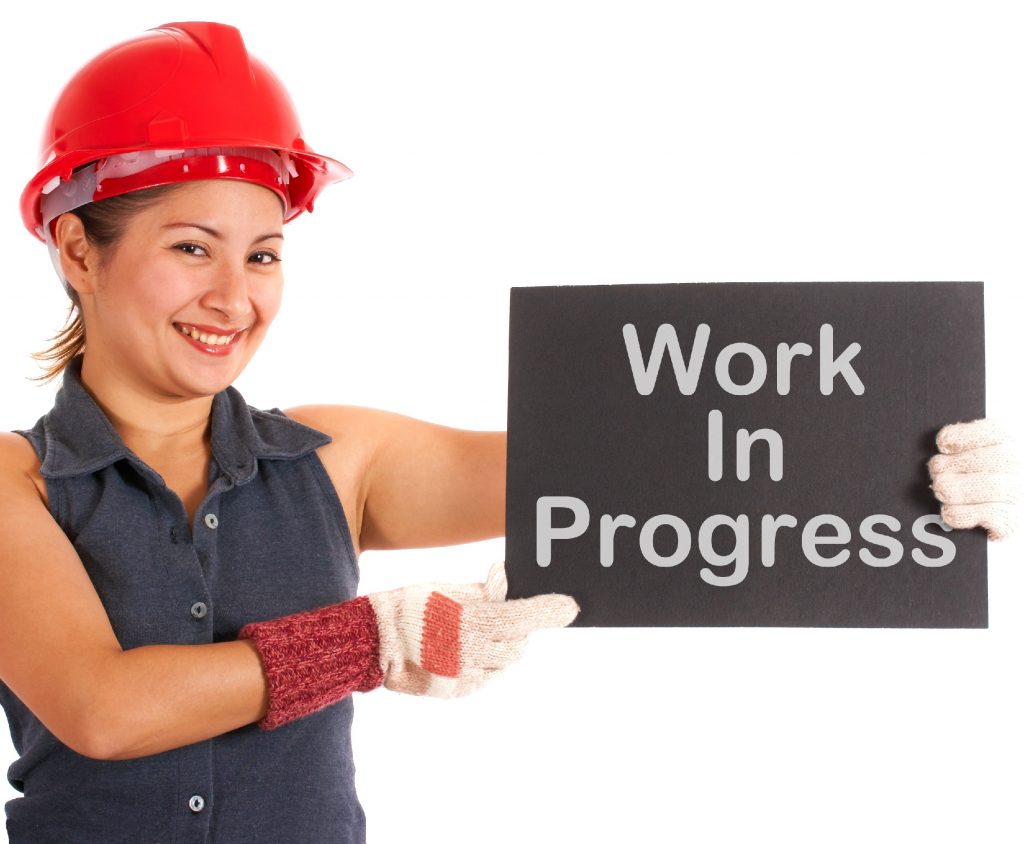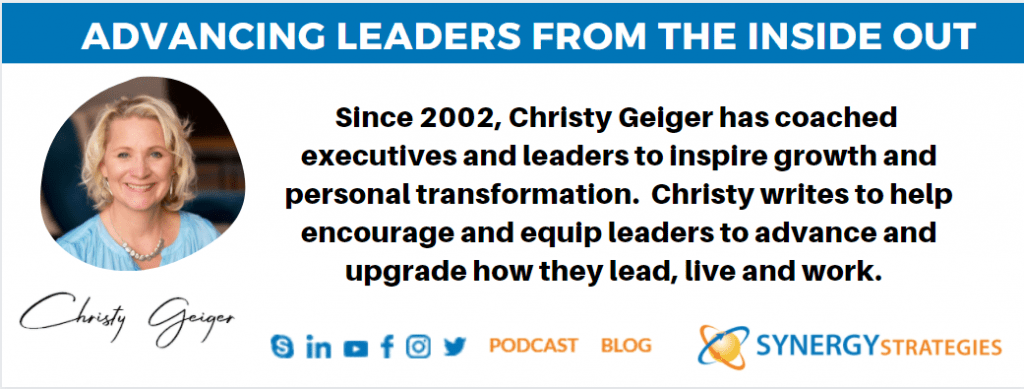Change can be a challenging. Period. While some “like” change, most of the general population does not like change and even those who do, have areas they like it the way they have it. The challenge is that the world is constantly changing, like it or not. Generally speaking, if you do not change and evolve you become outdated and can struggle to keep up or operate in a world that has moved so far away from the way it once was. People can throw up arguments about the golden years of the past and how things were better years ago than they are today. We are not debating then versus now, we are talking about the ability to function, thrive, relate and grow in the present and future. When you become a keeper of the past without adapting on some level to the present and future, you slowly become fossilized in your thinking and processes.
Please don’t misunderstand me. I do not mean that critically or in a harsh manner, just a truth. If your goal and desire is to live in today’s world and thrive in the future, you want to allow some change and flexibility. In the noble quest to maintain or preserve the wonderful things of yesteryear, some resist change and before you know it, are outdated and die. We see this with great businesses that did not innovate and adapt and died. We see this with culture, government systems, and generational connections. If you can understand the importance to keep yourself flexible, here are five ways to help you stay open to change.
- Change something every day. You don’t have to rock someone else’s world with unneeded changes, so executives this is not permission to move forward with those random ideas you have been having. Rather, this is about personal agility. Just do something different, update something, reorganize something, etc.
- Try something new every day. Take a risk and try something new. I know it is not always easy and can take work, but it helps to develop your reach when you have a wider range of likes, interests, and experiences. Realize that this is a mindset and a goal. If something new didn’t happen today it is ok; it is more how you look at your day and the opportunities in front of you.
- Read about innovations and developments. Keep yourself fresh by learning what thought leaders are working on and dreaming up. Some great magazines like Inc., Fast Company, Success. There are many blogs you can subscribe to as well.
- Get feedback and seek advancement. Always be looking for how to make something better. The old saying, “if it isn’t broke, don’t fix it” is not a flexibility mantra. Rather, it is more of a stability statement. The challenge with waiting for something to break before it is updated is there is not a mindset constantly assessing and evolving the “item” to be a current and future solution, only measuring it to the past, “does it still work”. There are plenty of things that work perfectly fine. Example, I have my grandmothers 1920’s sewing machine which amazingly still runs. It works. It is not broken but according to today’s machines it is very difficult to use and it produces a much less quality product than current day machines. Does that mean you always need the latest and greatest? No. However, it is why you don’t assess things by if they are broken.
- Consider several solutions for every situation. Usually, when looking at a challenge, there are a number of solutions possible or ways to address it. When we are rigid in the way we see a solution, we see only one way to solve it and one answer. To help your brain be flexible and more open to change, consider two to eight various approaches. Often these approaches will be combinations of different options. It allows new solutions to be discovered and often you pick a solution that you did not originally think was the best option.
Change can be challenging, but when you help yourself stay nimble and flexible in mindset changes are much easier to not only endure but embrace and appreciate. Rate your current comfort with change. Consider what action you might take to help your flexibility range and keep it in mind daily. After a few weeks, notice if you are starting to get more comfortable with change and adapting. Have fun!






